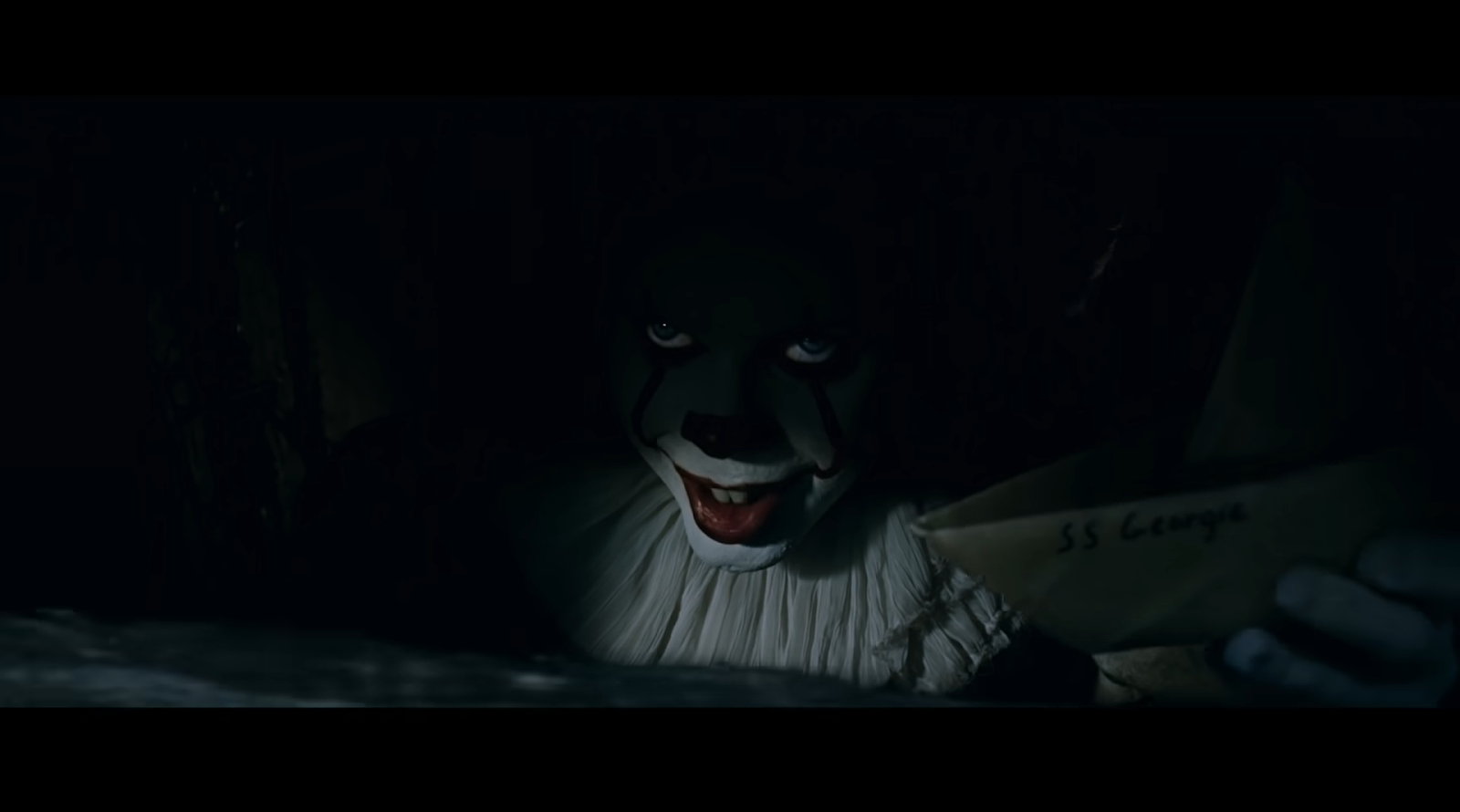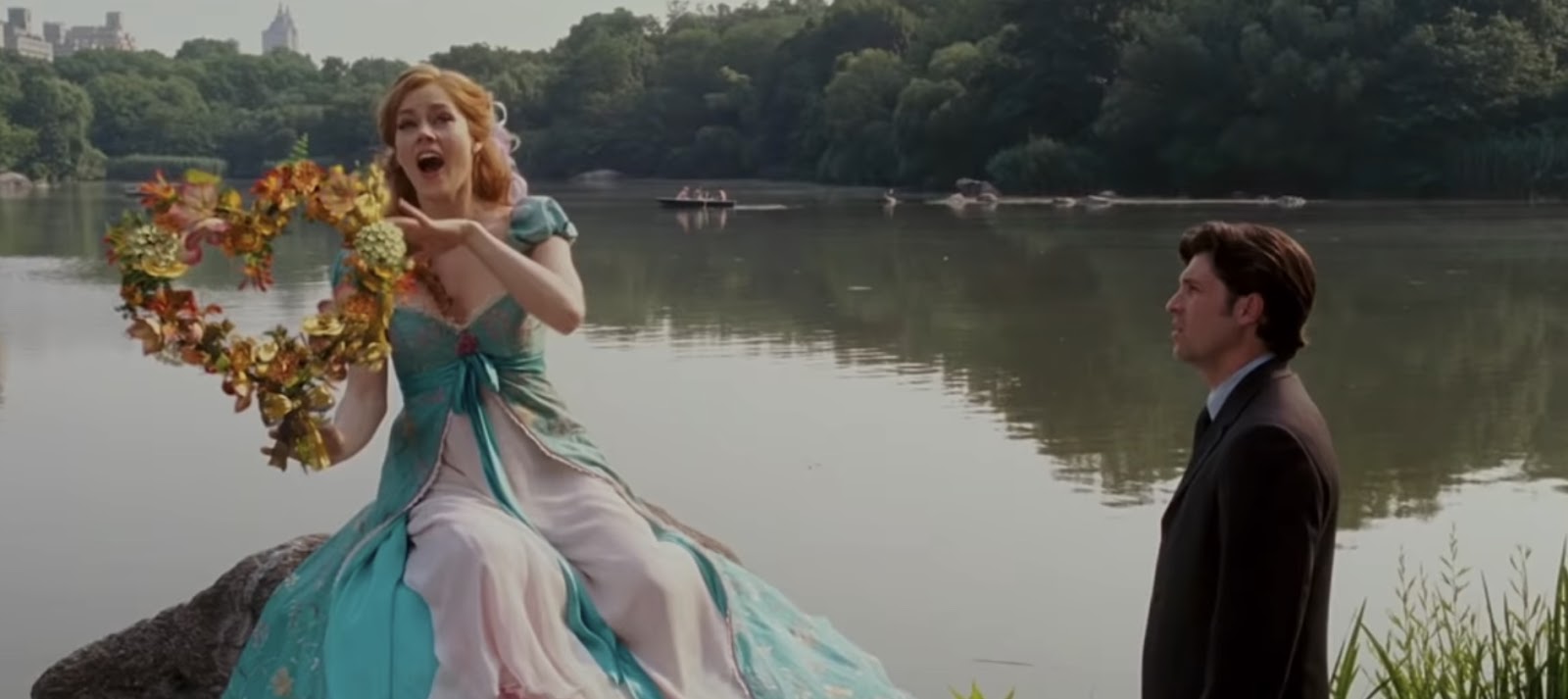Disney films have always captivated audiences of all ages with their enchanting stories, vibrant characters, and mesmerizing animation. However, beneath the surface of these beloved classics lies an intriguing and controversial topic – subliminal messaging. In this article, we will delve into the world of subliminal messages in Disney movies, exploring their history, impact, and the debate surrounding their presence.

What are Subliminal Messages?
Subliminal messages are hidden or disguised stimuli that are designed to bypass our conscious awareness and directly influence our subconscious mind. They can be visual, auditory, or even textual in nature. The idea behind subliminal messaging is that it can shape our thoughts, beliefs, and behaviors without us even realizing it.
A Controversial Past
The use of subliminal messages in media, including Disney films, dates back to the mid-20th century. In the 1950s and 1960s, researchers and advertisers explored the potential power of these messages, hoping to use them for persuasion and marketing. While some believed in their efficacy, others dismissed them as mere pseudoscience.
Disney’s Alleged Use of Subliminal Messages
Over the years, various Disney films have been scrutinized for alleged subliminal messages. One of the most famous examples is in “The Lion King,” where some viewers claim to have spotted the word “SEX” formed by dust particles during a particular scene. Another controversial scene is from “Aladdin,” where it is suggested that the phrase “Good teenagers, take off your clothes” can be heard in the background.
The Impact on Audiences
The existence of subliminal messages in Disney films has raised concerns among parents and researchers. They worry about the potential influence these hidden images and sounds may have on young and impressionable minds. Critics argue that such messages could promote unhealthy behaviors, shape biases, or even desensitize children to violence or inappropriate content.
Disney’s Response
When confronted with these allegations, Disney has consistently denied any intentional use of subliminal messages. They maintain that any perceived hidden imagery is purely coincidental or the result of overactive imaginations. Nonetheless, the controversy has fueled discussions about the responsibility of media creators and the need for transparency in content production.
The Science Behind Subliminal Messaging
Research on the effectiveness of subliminal messages remains inconclusive. Some studies suggest that they can have a minimal impact on behavior, but it is essential to understand that these effects are often short-lived and might not hold much practical significance. The power of subliminal messages is still a subject of debate within the scientific community.
The Ethical Debate
The use of subliminal messages raises ethical questions about the boundaries of media influence. Should content creators be held accountable for what viewers perceive, even if it was unintentional? Striking a balance between creative expression and responsible storytelling remains a challenge for the entertainment industry.
Censorship and Regulation
The controversy surrounding subliminal messages has led to increased calls for censorship and regulation in media. Some countries have implemented stricter guidelines to prevent the inclusion of potentially harmful subliminal content. However, others argue that such measures could hinder artistic freedom and creative expression.
Mindful Consumption and Parental Guidance
While the presence and impact of subliminal messages in Disney films may be uncertain, it is crucial for parents and guardians to be actively engaged in their children’s media consumption. Being aware of the content and messages portrayed in movies and TV shows can help foster critical thinking and open discussions about what they watch.
The Art of Hidden Imagery
Subliminal messages in Disney films are not limited to textual or auditory cues. Animators and artists have also been known to inject subtle imagery into the background, character designs, or scenery. These hidden Easter eggs are intended to be discovered by sharp-eyed viewers and add an extra layer of depth and enjoyment to the movie-watching experience.
For example, in “The Little Mermaid,” during the wedding scene, several characters from other Disney films, such as Mickey Mouse, Goofy, and Donald Duck, can be seen in the crowd. These cleverly hidden cameos are a testament to the creativity and attention to detail that Disney animators put into their work.
The Controversial Spell in “The Rescuers”
One of the most infamous instances of alleged subliminal messaging in Disney films can be found in “The Rescuers.” In a brief frame, as Bernard and Bianca fly through the city in a sardine box, an image of a topless woman can be seen in the background. The controversial image led to a recall of the film and the removal of the scene from subsequent releases.
Disney attributed the presence of the image to an unauthorized insertion by an individual animator and expressed regret over the incident. The episode sparked a renewed scrutiny of Disney films and a commitment from the studio to enhance their quality control measures to prevent any future occurrences.
Positive Subliminal Messages
Not all subliminal messages in Disney films have been met with controversy. Some hidden images or cues have been intended to convey positive or inspirational messages to the audience. For example, in “Frozen,” the film’s directors confirmed that they included the phrase “God bless you” in multiple languages in the ice during Elsa’s emotional “Let It Go” sequence.
Similarly, in “Moana,” animators included a subtle nod to the film’s theme of empowerment. During the song “How Far I’ll Go,” Moana’s necklace briefly forms the shape of a spiral, which symbolizes journey and growth. These hidden gems are meant to enhance the storytelling and connect with the audience on a deeper level.
The Psychological Aspect
The concept of subliminal messaging taps into the fascinating world of human psychology. Studies have shown that our subconscious mind can process information that we might not consciously register. This phenomenon raises questions about the extent to which subtle cues can influence our perceptions and decision-making processes.
However, it is essential to approach these findings with caution. While subliminal messages may have some impact on our thoughts, beliefs, and behavior, they are not all-powerful mind control tools as portrayed in popular culture. The influence of these messages is often subtle and can vary depending on individual factors and context.
A Creative Tool or Pure Coincidence?
As much as the controversy around subliminal messages in Disney films persists, it is vital to consider that some instances might be mere coincidences or the result of pareidolia – the tendency of the human brain to perceive familiar patterns or shapes in random stimuli. Our minds are wired to seek meaning and patterns, even where there might be none.
Animation as an art form often invites multiple interpretations, and hidden imagery can be a reflection of the animators’ playfulness and creativity. Rather than deliberate attempts to manipulate audiences, these instances could be seen as an homage to the shared cultural heritage of Disney films and the love that fans have for their beloved characters and stories.
Conclusion
The world of subliminal messages in Disney films is a complex and fascinating topic that continues to intrigue audiences around the world. While controversies and debates abound, it is essential to remember that entertainment is just that – a means of providing joy, inspiration, and imagination.
As viewers, we should approach Disney films with a sense of wonder and appreciation for the artistry behind their creation. Whether we discover hidden images that spark discussion or simply lose ourselves in the magic of the storytelling, Disney films will always hold a special place in our hearts.




